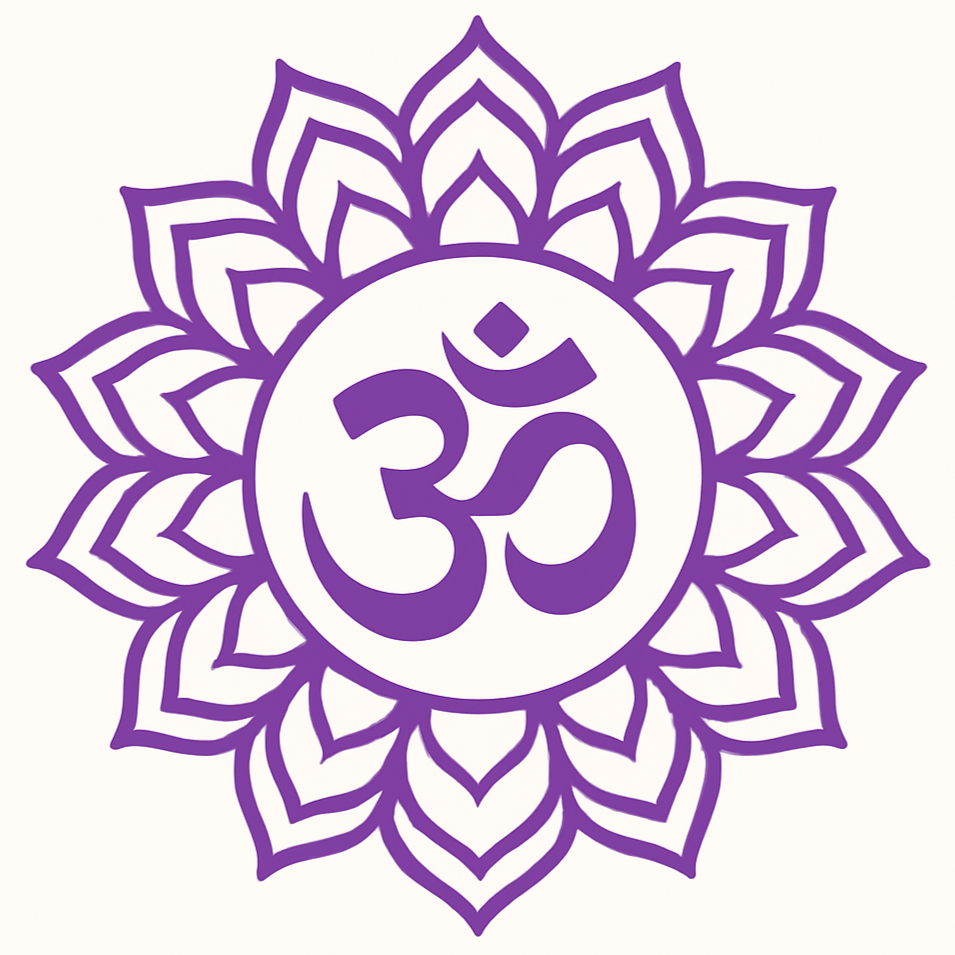The 8 Limbs of Yoga:
More than Just Poses
Yoga is often seen as movement on the mat, but its roots run deeper. The ancient sage Patanjali outlined eight limbs of yoga in the Yoga Sutras, offering a guide for living with balance, presence, and purpose:
Yamas – ethical practices (kindness, truth, non-greed). In ancient times, this meant living in harmony with your community; today, it might look like practicing compassion in a tough conversation.
Niyamas – personal disciplines (self-study, contentment, cleanliness). Traditionally, this was ritual purity and study of sacred texts; now it might mean journaling or keeping your space tidy.
Asana – the physical postures we practice in class. Once a way to prepare the body for meditation, now it’s also how we strengthen, stretch, and care for ourselves.
Pranayama – breathwork that steadies the mind and energy. Yogis practiced elaborate breath control; modern pranayama can be as simple as a deep breath in traffic.
Pratyahara – drawing the senses inward to find stillness. Historically, this was withdrawing from worldly distractions; today it might be a quiet bath without phone or music.
Dharana – concentration, the art of focusing attention. Ancient yogis fixed their gaze on a flame; you might practice by fully immersing in a creative project.
Dhyana – meditation, continuous presence without distraction. Once cultivated in caves and forests, now it might happen in a few minutes of mindful breathing before bed.
Samadhi – union, a deep state of connection and peace. Traditionally, merging with the divine; in daily life, it can feel like those rare moments of complete flow and ease.
Together, these limbs remind us yoga isn’t just exercise—it’s a whole-life practice, gently guiding us from how we treat others, to how we move and breathe, to how we rest in awareness.

